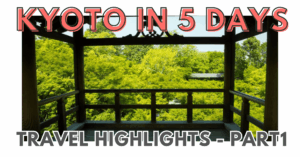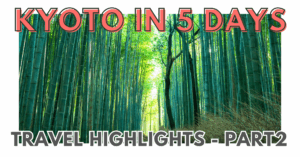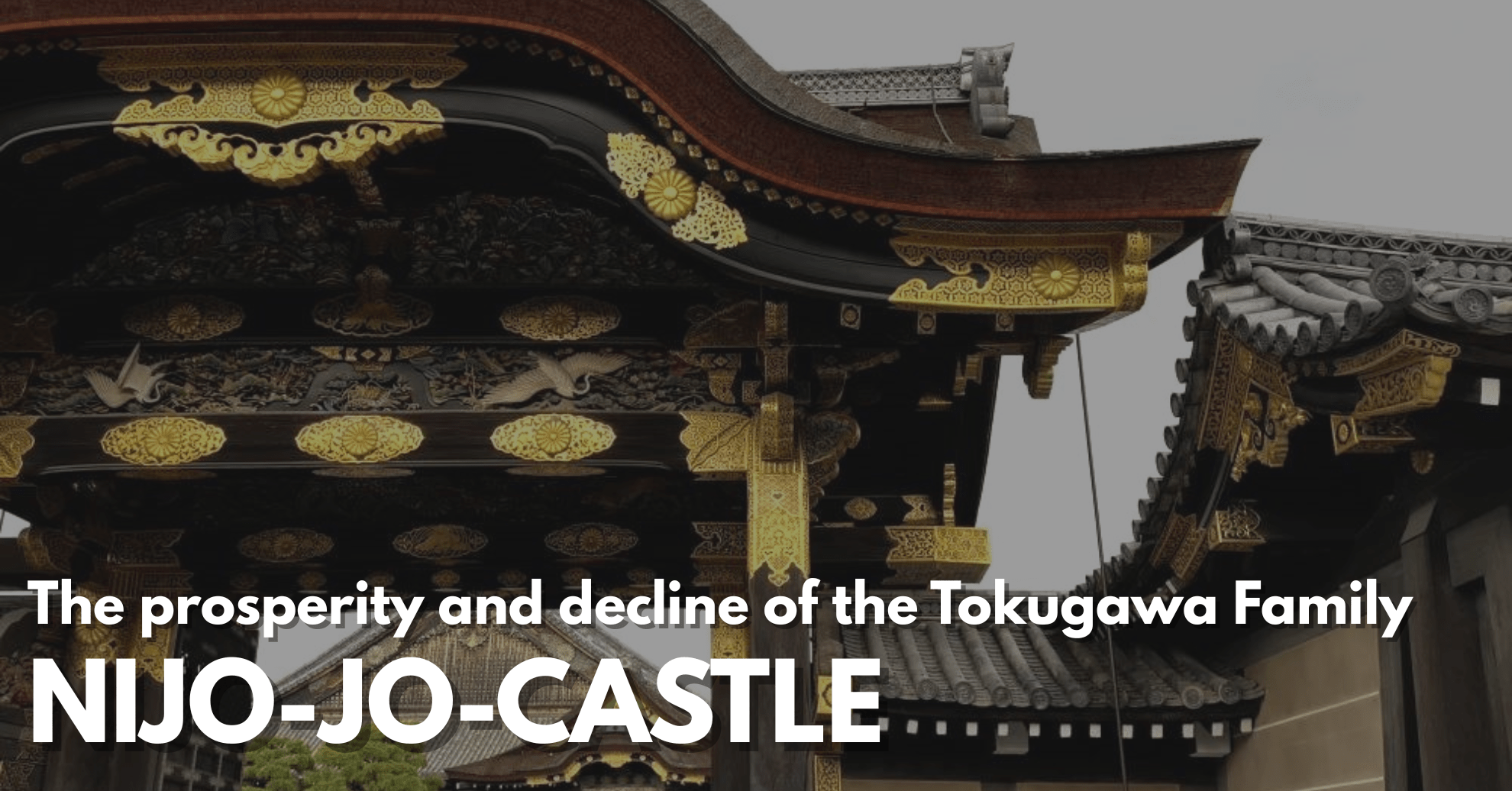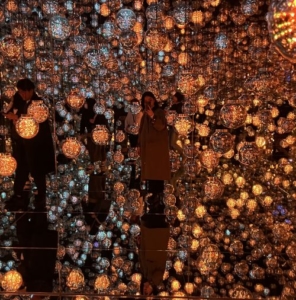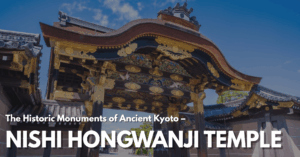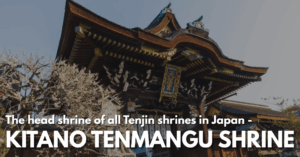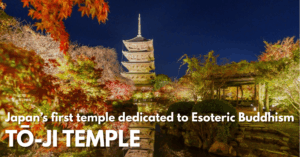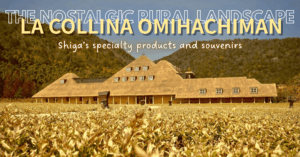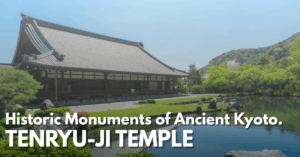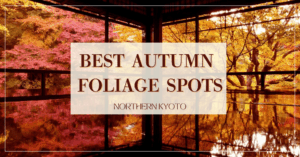Among Kyoto’s many temples and shrines, Nijo Castle stands out as a historical witness to some of Japan’s most dramatic political changes.
Located in Kyoto’s central district, it’s a highly popular spot for tourists thanks to its convenient location and rich history.
In this article, we’ll introduce the key highlights of Nijo Castle, explore the pivotal role it played in Japanese history, and share nearby attractions and access information. We’ll also touch on the castle’s stunning cherry blossoms and autumn leaves, so you can plan your visit accordingly.
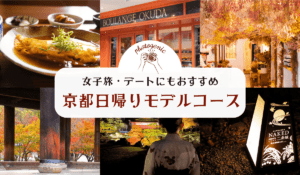
What is Nijo Castle?
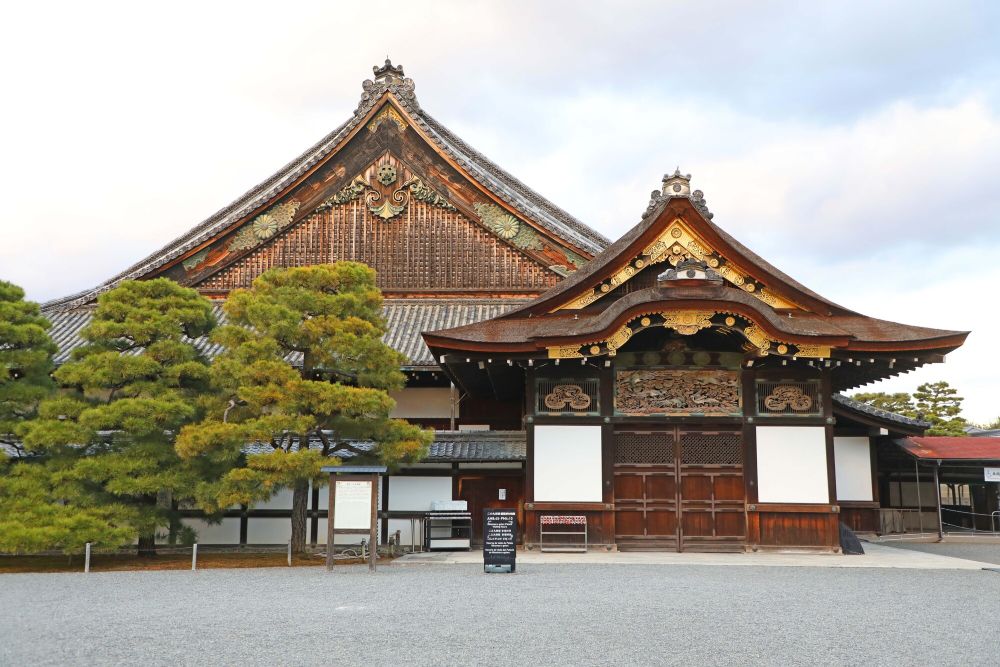
Nijo Castle was built in 1603 by Tokugawa Ieyasu, the first shogun of the Edo Shogunate.
If you watched the popular drama SHOGUN on Disney+ in early 2024, you might be familiar with the character “Yoshii Toranaga”—modeled after Tokugawa Ieyasu himself. Like in the show, Tokugawa Ieyasu emerged victorious at the Battle of Sekigahara, and in 1603, officially established the Tokugawa Shogunate.
Fast forward to 1867—more than 250 years later—Tokugawa Yoshinobu, the 15th and final shogun, stood within this very castle to declare his intention to return political power to the Emperor, known as the Taisei Hōkan.
This event marked the symbolic end of the Tokugawa Shogunate and the restoration of imperial rule.
Because it served both as the site of the Shogunate’s founding and its dissolution, Nijo Castle is regarded as a powerful symbol of Japan’s historical transformation.
Highlights of Nijo Castle

Nijo Castle, officially known as the Former Imperial Villa Nijo-jo, features two main palace areas: Ninomaru Palace and Honmaru Palace.
The must-see is definitely Ninomaru Palace, a designated National Treasure. It was here that the Taisei Hōkan was declared—an incredibly significant moment in Japanese history.
Inside, the vast audience halls are adorned with dynamic wall and ceiling paintings by the Kano school of artists, offering a glimpse into the grandeur and authority of the Tokugawa family.
Recommended visit duration: 1 to 1.5 hours.
A Scenic Spot for All Seasons
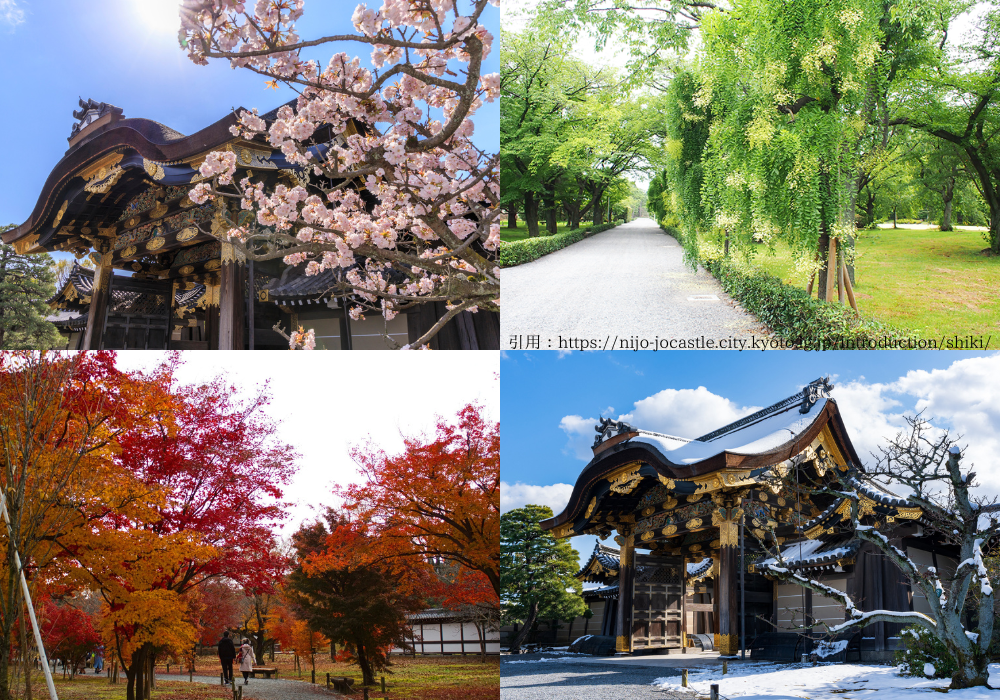
Nijo Castle is also famous for its beauty across all four seasons:
・Spring: Over 300 cherry trees of about 50 different varieties burst into bloom. The annual Nijo Castle Cherry Blossom Festival features a stunning night-time light-up.
・Summer: The castle grounds showcase Japanese pagoda trees (Shidare-enju), traditionally associated with good fortune and success.
・Autumn: Visitors are treated to vibrant foliage, including maples, ginkgo trees, and azaleas. The castle turns brilliant shades of red and yellow.
・Winter: Though rare, snow-covered Nijo Castle is a breathtaking sight—its quiet elegance framed by crisp blue skies and white surroundings.
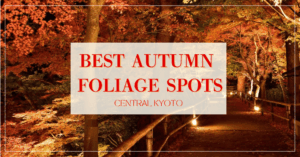
How to Get to Nijo Castle
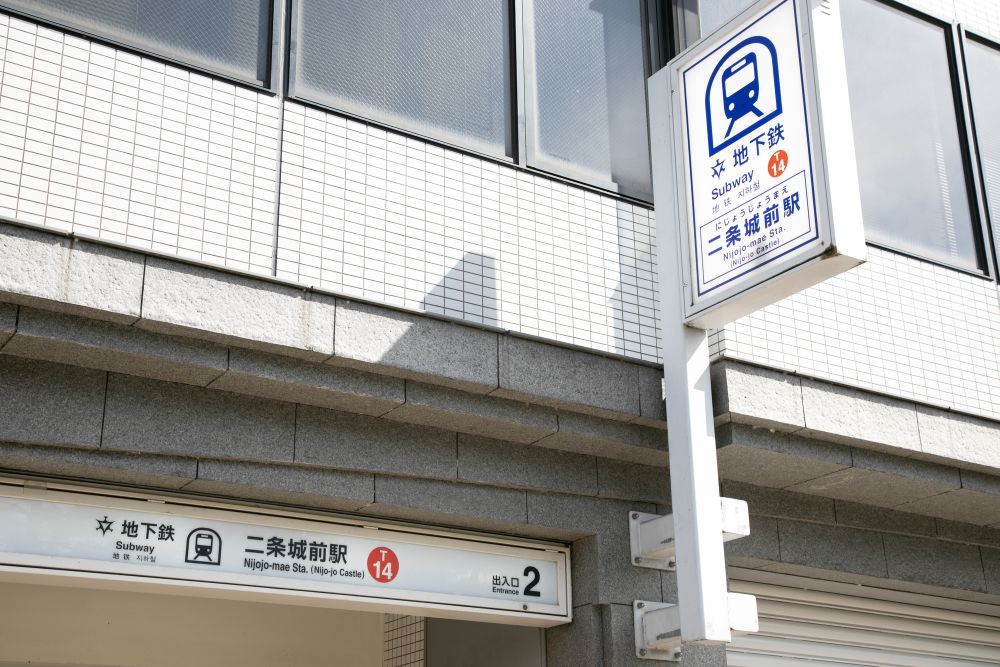
From Kyoto Station, the best way to reach Nijo Castle is by subway.
- Take the Karasuma Line to Karasuma Oike Station, then transfer to the Tozai Line and get off at Nijojo-mae Station.
- The total travel time is under 10 minutes, and the castle is just a 3-minute walk from Nijojo-mae station.
| Nijo Castle Address: 541 Nijojo-cho, Nijo-dori Horikawa Nishi-iru, Nakagyo-ku, Kyoto Phone: 075-841-0096 Hours: 8:45–17:00 (Last entry: 16:00) Closed: December 29 to December 31 Website: https://nijo-jocastle.city.kyoto.lg.jp/ |
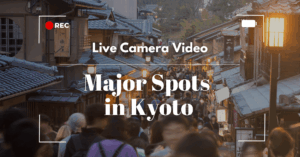
Attractions Near Nijo Castle
